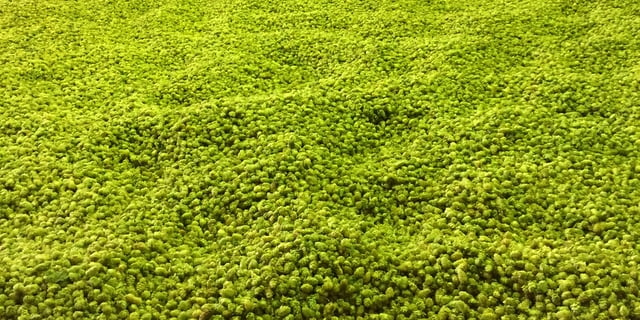
Farming is a delicate balance of supply and demand, and there’s been nothing delicate about the aggressive growth of craft beer over the last decade. That growth has put great demand on farmers to produce more beer-making ingredients — specifically barley and hops — but as the market has slowed over the last year, a surplus of product now seems to be emerging on the market. We’ve already detailed the challenges in the malt industry, but folks are beginning to tiptoe around the idea of a lot of hops coming out of this 2017 harvest.
Those in the Yakima Valley are feeling the itch. From the YakimaHerald.com:
“A lot of (breweries) purchased hops based on 15 to 18 percent growth, which is what we experienced over the five years prior to last year,” said Steve Carpenter, chief operating officer of YCH Hops, a hop supplier that is owned by local hop growers. “Last year, we had 5 to 6 percent (craft brewery) growth.” Carpenter is referring to 2016 figures from the Brewers Association, a trade association for craft brewers, which the group defines as small (under 6 million barrels of beer or less) and independent brewers that sell beer made with traditional or innovative brewing ingredients.
While there are no hard numbers in yet about hop production, sales or surpluses for 2017, the idea is looming.
Sept hop stocks report = 98M lbs. More evidence there are plenty of hops (perhaps too many…).https://t.co/d6TMtRIrBm
— Bart Watson (@BrewersStats) September 20, 2017
Consider this: U.S. hop acreage has grown 75.5% in just four years. That’s absolutely bonkers. In 2012, USDA-NASS reported the total U.S. acreage was 29,683. For 2016, acreage amplified to 52,963, according to our previous hop report. And, as reported in the International Hop Growers’ Convention (IHGC) April meeting, an additional 5,185 acres are anticipated to total 58,148 acres of hops in the U.S. for 2017. From our aforementioned hop report:
“To put it into perspective, the U.S. acres added in the last five years is larger than the total acreage of any other hop-growing country in the world, outside of our own and Germany, the two largest hop-producing countries. Further, our estimated 2017 acreage increase [5,185 acres — a 9.8 percent growth] by itself is larger than other individual countries’ total acreage outside of the U.S., Germany and the Czech Republic,” said Ann George, the Executive Director of Hop Growers of America.
Also, the hop market continues to trend and shift hop production from alpha varieties to aroma varieties that are higher in value and produce less yield, which is attributing to increased acreage. This shift to alphas has occurred in all three of the major U.S. states (Idaho, Oregon and Washington), resulting in a higher average price per pound. So along with a possible surplus, price per pound has gone up because of the type of low yield hop being demanded by craft brewers.
There have already been casualties. Yakima hop supplier 47Hops filed for bankruptcy in August, blaming a number of breweries that have not paid for the hops under their contracts. President Douglas MacKinnon had this to say:
The growth in the craft beer market in the United States has slowed from 18% per year in 2014 to its current level of 5-6% growth per year. Unfortunately, during the past several years, brewers fueled by optimism contracted for more hops than they now need due to that slower rate of growth. Based on our contracts with brewers, we, in turn, contracted with suppliers to cover our brewer contracts. Based on late brewer payments, it seems a good portion of those hops are simply not necessary in today’s market. 47Hops has attempted to renegotiate its contracts with several larger suppliers. Unfortunately, some of them were not willing or able to renegotiate their contracts with us to the extent necessary to match the declining needs of the market.
During the past year, a sizeable number of brewers with whom 47Hops has contracts have delayed payment for and delivery of their hops. Payments for some contracted hops are one year behind schedule. Some brewers have stopped responding to calls and emails altogether. We understand that is likely a result of reduced beer sales and cash flow problems in their businesses and not something they are doing with malicious intent. However, this has caused the accumulation of two things at 47Hops: 1) purchased aroma inventory in the warehouses, and 2) debt as a result of purchasing that inventory.
One thing’s for sure: Hop growers and brokers will definitely be rethinking contracts and acreage for the 2018 harvest. Yet, while there are a lot of hops on the market right now, there are still shortages in hot breeds. Back to YakimaHerald.com:
However, the hop stock numbers do not tell the whole story, Carpenter said. Certain varieties, such Citra, are still in high demand and supply is still playing catchup. Citra is a hop commonly used in beer varieties such as India Pale Ale or IPA.

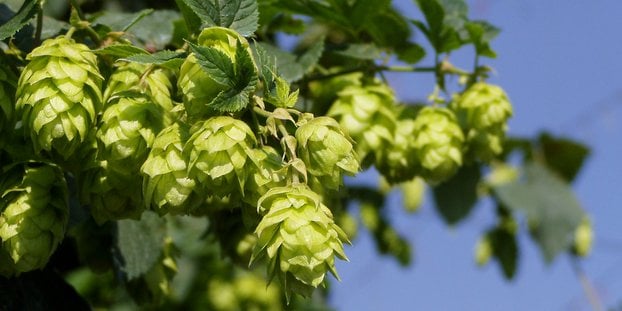
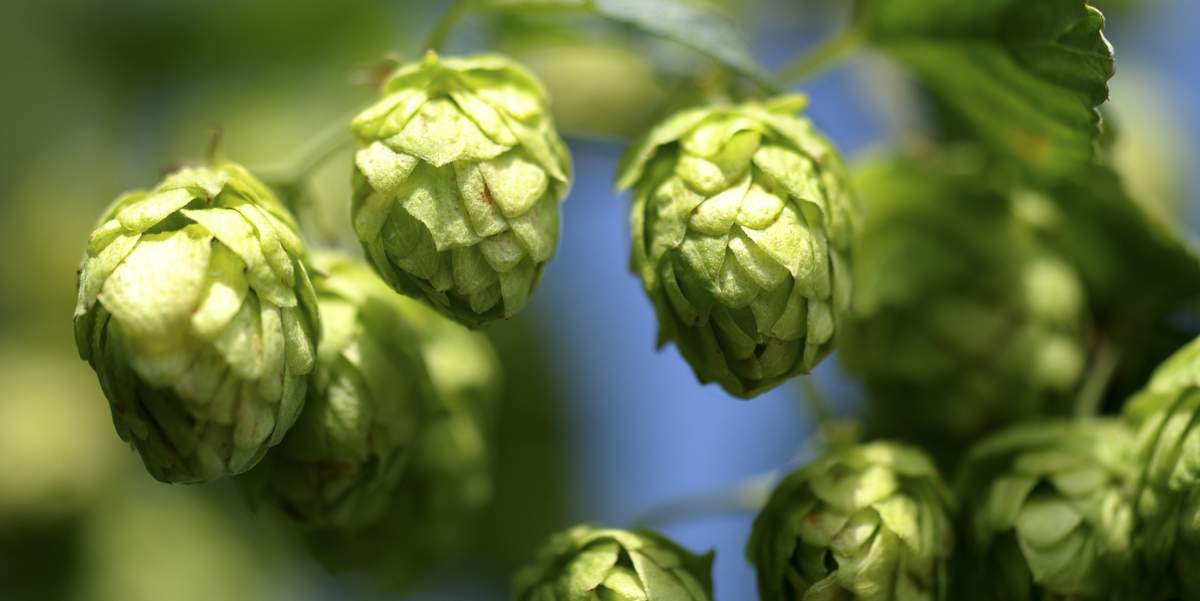
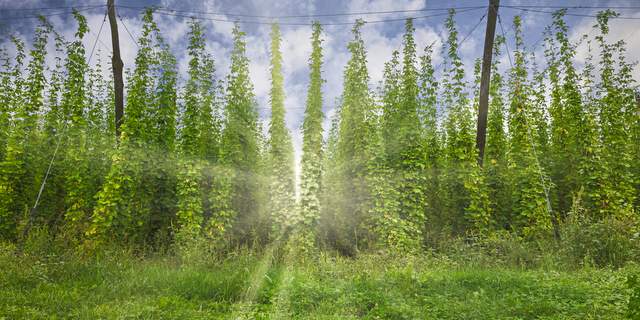
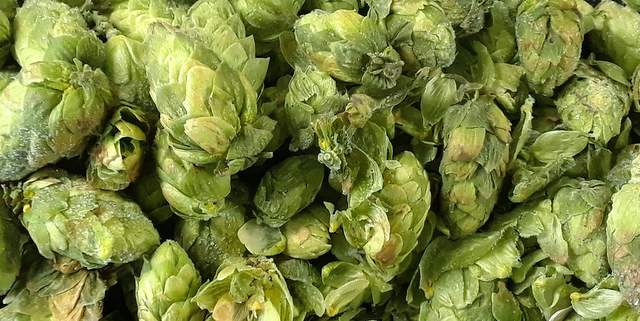
John Farver says
Now that the growers are the brokers they can create their own supply and demand
Bob Bero says
Friends from the old ‘Hopunion’ told me a long time ago that it happens about every 20 years. The current swing that we’re in has really favored the growers for the past few years and it’s good to see them be able to upgrade their equipment. One Oregon grower recently commented about there being about 8,000 too many acres here in the US, and he could be right. Craft beer growth here has slowed recently but the rest of the world is still on the upswing, and they like our hops . . .